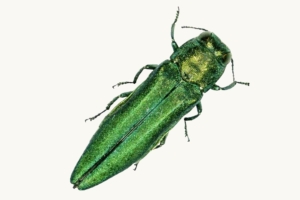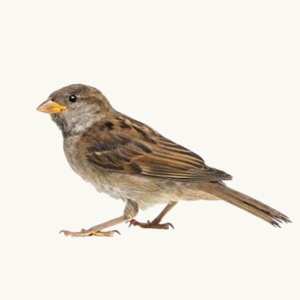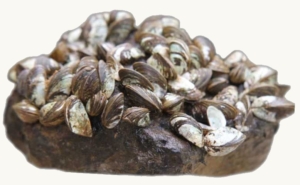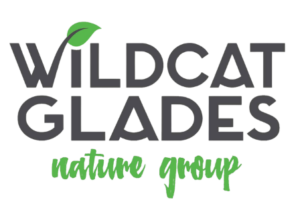Invasive Species
You see them in the woods, you see them in your backyard, you might think they belong here… but you’re wrong, dead wrong.
What is an Invasive Species?
Invasive species are nonnative, rapidly spreading, and aggressive species of plant or animal that disrupt the local environment. These species have no natural checks, like predators or sufficient competition for food, which lets their population skyrocket. In most cases, invasive species are introduced through human activities–often as an exotic pet or groundcover plant.
But Why are Invasive Species so Bad?
How would you feel if someone snuck into your house and started living there? They’d eat all the food from your fridge, cover your floor with their stuff, chew through your drywall, and even try to push you out of your own home! If any of these have happened to you, then you, my friend, are the victim of an invasive species. The sad truth is that this is the reality native species face daily; invasive species deplete their food sources, destroy their habitat, force them out of their dens or nests, and make them easier targets for predators.
Missouri’s Top Invaders
As of writing, Missouri has at least 41 distinct, invasive species spread throughout the state. Ranging from beetle to bird, fish to fungus, mollusk to moth, and plants galore, these species damage the environment and disrupt nature’s delicate balance. While this is by no means a comprehensive list, the species featured below are some of the most common and most recognizable creatures invading our ecosystem.
The Emerald Ash Borer
These tiny, green menaces bore their way into the inner bark of ash trees to feed. As they feed, the ash tree becomes unable to transport water or nutrients and quickly dies. Emerald ash boring beetles have spread like wildfire through Missouri and could eradicate our ash tree population, costing us millions of dollars in fallen tree removal and irreversibly damaging our ecosystem.
unable to transport water or nutrients and quickly dies. Emerald ash boring beetles have spread like wildfire through Missouri and could eradicate our ash tree population, costing us millions of dollars in fallen tree removal and irreversibly damaging our ecosystem.
 House Sparrow
House Sparrow
The house sparrow was brought to Missouri by European settlers looking to protect their crops from insects, but, ironically, these winged rats became a bigger pest than the insects ever were. House sparrows love grain, and are a common sight at birdfeeders, wheat fields, livestock feeders, outdoor restaurants, and just about anywhere grain is found. When these flagitious flyers aren’t eating grain, they’re forcing native birds from their nests like the bullies they are.
Zebra Mussels
What’s striped, fingernail sized, and predicted to cause billions in damages to freshwater systems over the next decade? That’s right, it’s the zebra mussel! Whenever zebra mussels aren’t clogging intake systems for public drinking water or ruining the hull of your boat, they’re filtering the nutrients from streams and lakes, leaving our aquatic animals high and dry.
The Bradford Pear (Callery Pear)
If you’ve ever walked down Main Street, you’ve most likely seen the bright white blossoms and caught a revolting whiff of the Bradford pear. Cities everywhere use the Bradford pear as a cheap and hardy tree for urban spaces, but its availability and hardiness make it an ideal invader for our forests. In the wild, the Bradford pear grows thick thorns and waxy leaves to repel hungry deer and insects alike, while laying the red carpet down for nuisance species like blowfly with their boiling-garbage smell. Recently, the city of Joplin has begun removing Bradford pears from Main Street, hopefully inspiring many citizens to help by purging these putrid plants from their own property.
Stopping the Invasion
While combating invasive species might seem daunting, the truth is that anyone and everyone has the power to fight back. From planting native species in your garden to participating in invasive removal efforts, the list of ways you can help is nearly endless.
Additional Resources
Missouri Department of Conservation – Managing Invasive Species
The Nature Conservancy – Invasive Species: What you can do
Missouri Botanical Garden – Control and Identification of Invasive Species

